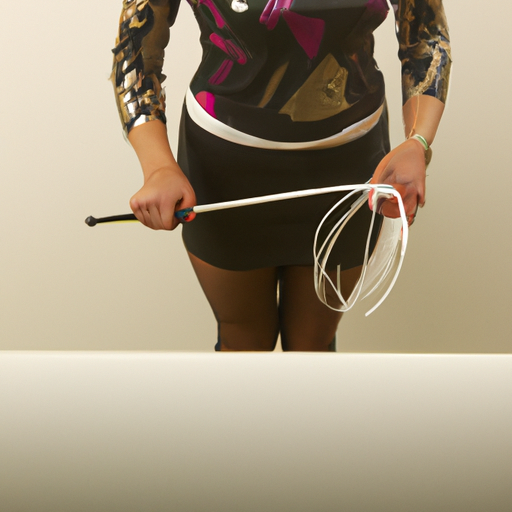
When embarking on the kink world of Pantyhose Bondage, it’s important to be mindful of special considerations, especially when it comes to people with restricted mobility and/or health conditions. As someone with restriction and/or health conditions, all the more you should consider the following:
1. Positional Safety: Depending on your condition, some positions might be off limits. So, if you do want to partake in pantyhose bondage, make sure to get creative and find positions that are comfortable and won’t cause further discomfort. That way, you partner is free to explore their kinks while you’re protecting your body in the process.
2. Physical Strength: When looking at restraining someone with pantyhose, you have to take into consideration the strength of the material. Something like a medical grade silicone pantyhose will be more secure, but again it may not work for all people depending on their condition and needs. Experimenting with different types of material and textures may provide more comfort for someone with limited strength.
3. Selecting the Right Pantyhose: As previously mentioned, it’s important to select the right pantyhose for the job, especially for those with health conditions or restricted mobility. Not only do regular pantyhose not have enough durability for this type of play, more importantly they aren’t designed to fit everyone. Rather, try to find a specialty pantyhose for those with special needs, such as compression stockings or orthopedic support hose.
Ultimately, when it comes to engaging in pantyhose bondage, those with restricted mobility or health conditions need to be extra careful to ensure safety and comfort. With the right approach, pantyhose bondage can be fun and safe for everyone. Original Content.
How is the therapeutic relationship established in dominatrix therapy?

The therapeutic relationship established in dominatrix therapy is complex and multifaceted, yet it can provide tremendous benefit to clients. In order to understand how this relationship works, it is important to first define the roles of the dominatrix and the client. A dominatrix is a professional who specializes in the art of BDSM, or Bondage, Discipline, Submission/Dominance, and Sadomasochism. The client is the person seeking the services of a dominatrix.
The establishment of a therapeutic relationship between a dominatrix and her client is based on clear boundaries and respectful communication between the two parties. The client needs to feel safe and trust the dominatrix, while the dominatrix in turn must strive to create an environment where the client feels comfortable and safe. This requires the dominatrix to be open and honest with the client and actively engage in dialogue about the client’s desires and goals. Any questions or concerns should be addressed with the client, ensuring that the dominatrix is always creating trust and building a respectful relationship.
The dominatrix should also make sure to offer a clear understanding to the client regarding the courses of action, rules, and regulations that the client agrees to follow during their sessions. This understanding should also include the acknowledgment that the client has the right to stop any activity that makes them uncomfortable. This approach helps build trust between the two parties, since the dominatrix is not only properly communicating the rules of the session, but also ensuring that the client is comfortable and in control of their own experience.
The dominatrix should also do their best to make sure the client is aware that they do not have to change, and that any type of transformation that happens is a result of the client’s own internal drive. The domme should also strive to be respectful of and listen to the client’s feelings and concerns, though it should be remembered that the domme may ask probing questions in order to understand the client’s needs and interests more thoroughly. The conversation should be open and relaxed, and the dominatrix should be attentive and supportive. This will help create an environment of trust and understanding for both parties.
Once the initial steps of mutual understanding and respect have been established in the client-domme relationship, the therapist can then move on to discussing the more specific dynamics that will take place during the session. It is important to remember that what works for one client may not work for all, so it is important to discuss the details of the session with the client in order to customize the experience to their individual goals and interests.
Overall, the therapeutic relationship between a dominatrix and their client is based on trust, respect, communication and understanding. If these steps are followed, a beneficial relationship can be established in order to safely explore the BDSM arts and help clients work towards personal growth and transformation.